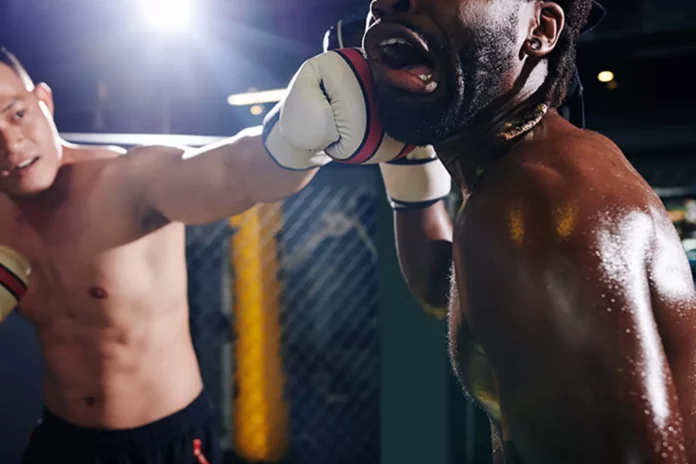There’s a new sheriff in town regarding MRI technology- and its name is 3T. 3T MRI machines offer significantly more imaging power than traditional scanners, making them ideal for diagnosing sports injuries. Many professional sports teams now use this MRI to check for injuries, and boxing is no exception.
Moreover, many clinics and hospitals offer 3T MRI services to help prevent boxing injuries. So let’s take a closer look at what makes 3T MRI unique and how it can help keep athletes safe!
What Exactly is a 3T MRI?
Have you ever heard the term “3T MRI” and wondered what that means? “3T” stands for the strength of the magnetic used during the scan – in this case, it is three Tesla or three times stronger than a standard MRI machine. This increased strength allows for more detailed images of soft tissue, including the brain and spinal cord.
In addition, unlike traditional X-rays or CT scans, MRIs do not use radiation to create their images. So not only are they a safe option for imaging, but they also provide more explicit pictures. A 3T MRI may take a bit longer than other scans at about 20-45 minutes, but it’s a painless procedure and well worth the improved imaging results. Doctors often order 3T MRIs to help diagnose concussions and other brain and spine injuries.
Why is 3T MRI Important for Boxing?
Since boxing is a contact sport, sustaining an injury is always risky. A concussion is one of the most common injuries in boxing. It can have serious long-term effects if not adequately treated. 3T MRI can be incredibly useful in diagnosing concussions and other head and brain injuries. In fact, many professional sports teams are now using 3T MRIs to screen for concussions and other injuries.
Athletes who suffer from concussions experience headaches, dizziness, nausea, and difficulty concentrating. If you experience any of these symptoms after a boxing match, you must see a doctor immediately. They may order a 3T MRI to get a better look at your brain and rule out any serious damage.
3T MRI can also be used to diagnose other injuries, such as torn ligaments or fractures. It is important because many injuries can lead to long-term problems if left untreated. 3T MRI is a safe and effective way to diagnose these injuries so that you can get the treatment you need to heal properly.
How Can 3T MRI Help Prevent Boxing Injuries?
3T MRI helps diagnose injuries and can also be used to prevent them. Many clinics and hospitals now offer 3T Quantitative MRI (MRI) scans. This type of scan can help doctors identify areas of weakness in the body that may be more susceptible to injury. By identifying these areas, doctors can develop custom training programs to help strengthen them and reduce the risk of injury.
3T MRI can also be used to monitor the progress of an injury. It is important because it can help doctors determine when an athlete is ready to return to training and competition. By using a 3T MRI, doctors can get a clear picture of the injury and how it is healing. It helps them make the best decision for the athlete’s health and safety.
3T MRI is quickly becoming the gold standard for imaging technology. It offers superior images and can be used to prevent and treat injuries. So if you are a boxer or any other type of athlete, you must ask your doctor about a 3T MRI. It may just be the key to keeping you safe and healthy!
FAQs about 3T MRI
Q: How is 3T MRI different from other types of MRI?
3T MRI is different from other types of MRI because it uses a stronger magnetic field. As a result, it allows for more transparent images and more accurate diagnoses. 3T MRI can also be used to detect problems that other types of MRI scanners cannot see.
Q: What are the risks of 3T MRI?
There are no known risks associated with 3T MRI. But, in some cases, if you are given a contrast material, there is a small risk of an allergic reaction. Therefore, you must follow the technologist’s instructions and tell him or her if you have ever had a reaction to any contrast material.
Q: How do I prepare for a 3T MRI?
You should wear comfortable, loose-fitting clothing. You may be asked to remove jewellery, eyeglasses, and other metal objects. You will also be asked to remove any hair clips, wigs, or hairpieces. You may be given a gown to wear during the exam.

